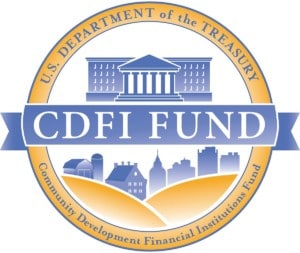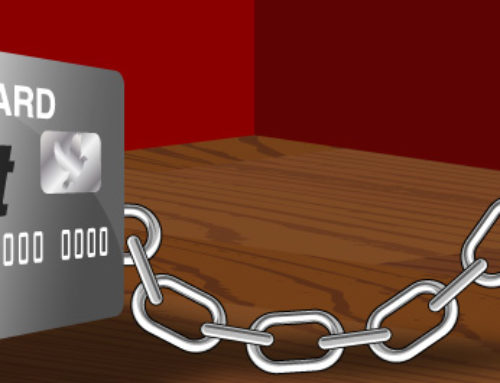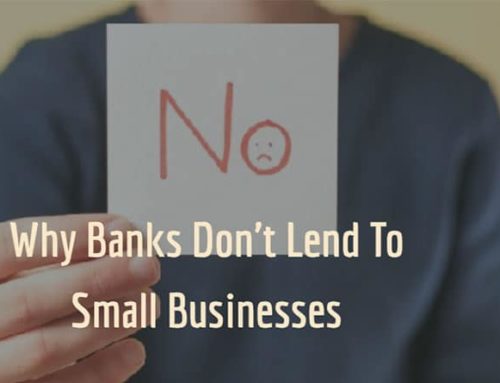There are several kinds of institutions that can be considered as CDFI‘s. These can include banks, credit unions, non-profit loan funds and venture capital funds. WPFSI, as a CDFI falls under the category of non-profit loan funds.
The goal of CDFI’s is to broaden economic opportunity among low-income and minority communities by providing access to basic financial services for individual and businesses.
In its role as a CDFI, West Philadelphia Financial Services Institution provides commercial loans for small businesses.
Small Business CDFI Loans
Andrew L. Wang, a staff writer at NerdWallet, the personal finance website recently wrote about the Pros and Cons of CDFI loans. Below is what he reported.
PROS
Low-interest rates: Rates for CDFI loans are competitive with those you will likely find from other sources, such as banks that issue Small Business Administration loans. A study of CDFI financing commissioned by the CDFI Fund found that the median interest rate in 2012 for a CDFI-originated business loan with a 48-month term was 7.75%. In comparison, rates in April 2017 for an SBA 7(a) loan under $25,000 and paid off under seven years were around 8%. Rates for online lenders are generally higher and can reach into the high double digits.
Higher likelihood of approval: CDFIs generally are more likely to extend credit to borrowers that traditional banks would deem too risky, says Ayrianne Parks, a spokeswoman for the CDFI Coalition, a Washington, D.C.-based advocacy group. The proof is in the numbers. According to the Federal Reserve survey, the approval rate for small businesses that applied for loans or lines of credit from CDFIs was 77%. That was higher than at online lenders, credit unions or banks of any size.
Simpler products: The financial products CDFIs offer generally are “plain vanilla,” according to the CDFI Fund study, meaning they’re designed to minimize the borrower’s risk. Most of the loans are fixed-rate, which means the borrower’s payments are predictable. In addition, they’re self-amortizing; as borrowers make payments, they’re paying interest and chipping away at the principal so that the loan is paid off at the end of the term. Origination fees are low, and in many instances, nonexistent.
CONS:
Longer funding time: The application process and time to funding can take longer at CDFIs than at other types of institutions. CDFIs generally have fewer assets than banks, so a loan application may take longer to process related to capacity issues.
CDFI’s play a critical role in building community wealth for several key reasons:
The following is an excerpt from the Community-Wealth.org newsletter.
They (CDFI’s) provide much-needed capital and financial services to people and communities that typically are not served by traditional financial institutions. Reflecting this, such institutions are credited with investing billions of dollars in low-income areas.
Loans made by CDFIs often enable community members to purchase their first home or start or grow a locally-based business and assist nonprofit organizations to develop affordable housing, build community facilities, and launch or expand critical community programs.
CDFIs have played a pioneering role in community wealth building. For example, the federal Healthy Food Financial Initiative began as an effort led by a Pennsylvania CDFI (The Reinvestment Fund or TRF). In New Hampshire, the New Hampshire Community Loan Fund pioneered lending to residents to create manufactured housing cooperatives, an effort that, with the support of CFED and the Ford Foundation, has since been expanded nationally.
The WPFSI Mission is to serve as an economic engine that facilitates empowerment and wealth building through investment in communities. Our vision is to create urban communities that are vibrant, diverse and flourishing environments where wealth and economic opportunity is accessible.












Leave A Comment